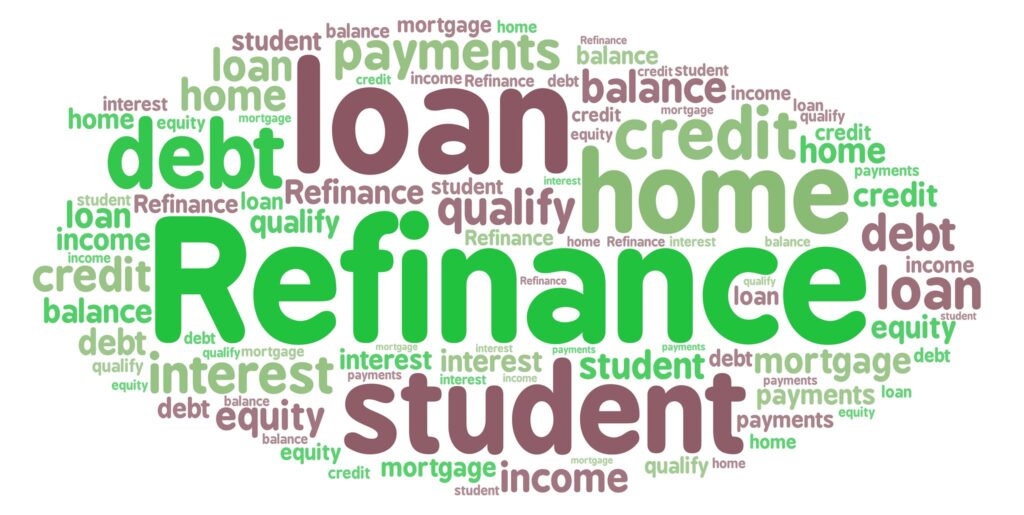
If the events of 2022 and 2023 haven’t conveyed that portfolio allocations matter to investors, it’s challenging to imagine what kind of investment landscape would drive that message home. It’s incredible to think that we’re already entering the fourth quarter of 2023! Before we know it, hurricane season will be behind us, and snow will be on the horizon for our clients in the Northern and Western states. As we approach the cooler months of the year, we can’t help but reflect on the past two years and appreciate the progress we’ve made. In comparison to the turbulent investment climate of 2022, 2023 has provided a welcome break from market volatility.
Take a look at the stark differences in performance of some of the major indices as of Friday, September 22nd as compared to their 2022 returns:1
Index | YTD | 2022 |
S&P 500 (Large Cap) | +13.87 | -18.31 |
NASDAQ (Tech) | +35.23 | -32.38 |
Russell 2000 (Small Cap) | +1.95 | -20.46 |
U.S. Aggregate (US Bonds) | -0.43 | -13.01 |
S&P 500 Growth-only | +18.54 | -29.41 |
S&P 500 Value-only | +8.78 | -5.25 |
We often describe investing as a journey with both high and low moments. The extent of these highs and lows largely hinges on the composition of one’s portfolio and the strategy adopted. Portfolio allocations matter. Unless an investor holds a passive strategy aiming to closely replicate an index, like the ones mentioned earlier, they are likely to experience wildly different results than those published.
During our review meetings, we maintain a consistent practice of evaluating clients’ actual performance against a composite benchmark. This benchmark is a blend of various underlying indices with specific weightings, designed to mirror the composition of real-world portfolios and tailored to each client’s specific requirements. For instance, when examining a 60/40 benchmark, its year-to-date return stands at a positive 5.62%, in contrast to the negative -16.47% loss experienced in 20222. This divergence in results is noteworthy when compared to the major indices mentioned earlier.
This shows that portfolio allocations matter in real-world investment portfolios. The choices made in terms of how to invest (security selection) and where to invest (such as in specific sectors, asset classes, or countries) can significantly influence the nature of one’s investment journey. Fortunately, our clients entrust us to navigate this journey and make crucial decisions about investment design and strategy. The construction of a real-world portfolio takes into account various factors, including investment costs, the economic landscape, client objectives, risk tolerance, risk capacity, time horizon, and personal preferences. Each portfolio can be as unique as the individual it’s tailored for, highlighting the beauty of personalized investing.
Because portfolio allocations matter, tailoring their design necessitates setting realistic expectations. While it may be tempting to invest in an S&P 500 ETF with the aim of replicating its historical annual returns, typically around 10%3, the real challenge lies in sticking to that strategy plus dealing with the human element of investing and our natural tendency to avoid losses and discomfort.
Can one “set it and forget it?”
Looking at the differences of the S&P 500 index above can help paint this picture. Assume an investor buys an S&P 500 ETF (ticker SPY) on Jan 1st, 2022. Also assume that no additional trading nor reinvesting of dividends occurs. As of Friday, September 22nd 2023, this investor is still experiencing a negative return since the initial investment, despite nearly two years having passed. This hypothetical situation can be quite challenging to digest and underscores the importance of managing expectations in the realm of investing, which is just as crucial as the decision to invest in the first place. If you were this hypothetical investor who “set-it,” are you currently “forgetting it?” The answer to that is likely different for each person.
In reality, most investors don’t own just one investment but a myriad of investments they acquired over time as new money was contributed to their accounts. Human behavior is shaped by countless events, ranging from wars and recessions to business and personal triumphs, none or all may occur in any given year. The real challenge for investors lies in sifting through the overwhelming amount of information and noise generated by these events. The key question becomes: What makes up that critical percentage of information that warrants their attention and consideration?
The answer? It depends. It depends on how you’re affected by the events and how likely they are to influence your financial decisions. There’s a common saying that “the best strategy is one you’ll stick with.” Unfortunately, it’s not that easy since portfolio design has many facets to it. We explore those nuances during our onboarding process with new clients by showing them why portfolio allocations matter. We strive to uncover what they want their portfolio to accomplish and then design a specific mix of investments to help them achieve their goals. Each client is different and that’s what we value the most.
As we approach the end of 2023 and the likely challenges and volatility that lie before us, we’d welcome the opportunity to meet with you. We’re fiduciaries first and pride ourselves on being the outsourced financial planners’ and investment advisors’ that families can turn to when life becomes complicated. We take pride in being the kind of company our clients rely on when they want to discuss ideas or seek advice on a wide range of financial matters. We’re enthusiastic about the opportunity to be a valuable partner on your investment journey. You don’t need to invest alone when we’re here to help. Here’s how you can get in touch with us.



